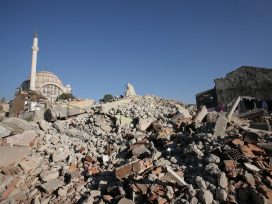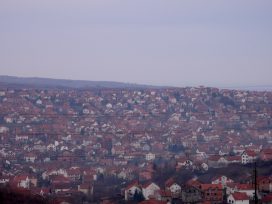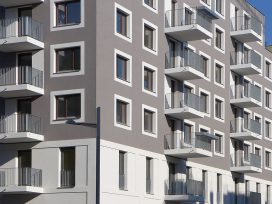Who is the city for?
Europe’s housing crisis affects everyone, but is especially a concern among millennials. Unaffordable rents and property prices, as well as rapid gentrification, raise a question about the actual purpose of cities. Read a compilation of our articles on urbanism, housing, and cities.
Open cities might not be the most beautiful, but they are the most human, and also, most humane. In his Democracy Lecture of 2018, Richard Sennett addressed desegregation, cities’ capacity to adapt to climate change, the obsolescence of smart cities and social porosity, as major concerns of his work and legacy as an urban planner.
Porous cities
On four European ports
Culturally-led urban strategies rely on selective images of cities; they do not necessarily reflect a socially and ethnically diverse urbanism. Under the surface, Malcolm Miles argues, it is not civic renewal but economic and commercial motives that drive the ‘cultural city’. (2013)
The ‘smart city’ industry is continually conquering new terrain, but shows disdain for the private sphere and puts the intelligence of governments and city-dwellers to the test, argues Elke Rauth. (2015)
The political geographies of Muslim visibility
Boundaries of tolerance in the European city
The ambiguities of informality
The extra-legal production of space in Belgrade during and after socialism
This selection is part of our 4/2019 newsletter. Subscribe here to get the bi-weekly updates about latest publications and news on partner journals.
Published 21 February 2019
Original in English
First published by Eurozine
© Eurozine
PDF/PRINTIn focal points
Newsletter
Subscribe to know what’s worth thinking about.
Related Articles
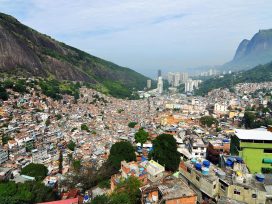
We are in the midst of this century’s second housing crisis, on top of the existential threat of climate change. Social housing could trigger social change and play a key role in decarbonization. The former poster child of housing poverty, Brazil, offers unique lessons.
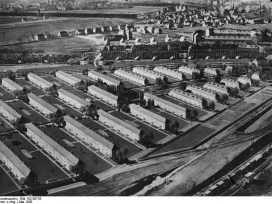
When spectres return
Housing reform and the idea of the good home
The ‘housing question’ was formed not by the issues of poverty and necessity, but by bourgeois norms and demands – often intended to tame social unrest. From minimal dwelling to air quality, Michael Klein surveys the 19th-century discourses which still influence political thinking, and tend to exclude concerns of the underprivileged.


